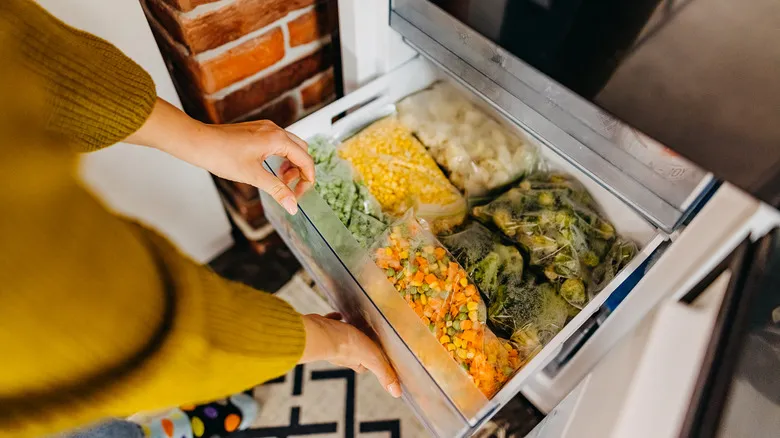Signs your meat is freezer-burned
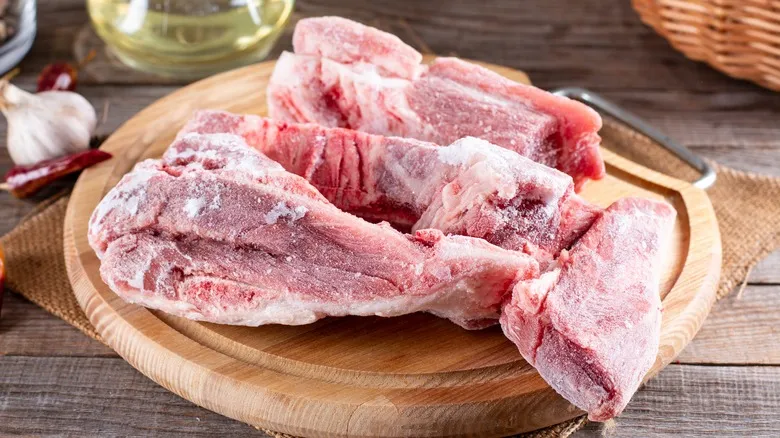
One of the most noticeable indicators of freezer burn in meat is discoloration. It may take on a gray or brown hue, either in spots or entirely. Additionally, it might appear unusually dry and feel leathery or grainy to the touch.
Furthermore, meat that has been freezer-burned is likely to taste different when reheated. The increased oxygen exposure can make it tough to chew and give it a musty flavor. Freezer burn can also lead to an unusual odor, reminiscent of plastic or artificial scents.
While it is safe to consume freezer-burned food, there are some guidelines regarding reheating frozen meat. Generally, meat should not be eaten after certain timeframes. The FDA states that various types and cuts of meat have different shelf lives. For instance, steaks and chops can be frozen for four to twelve months, whereas bacon and sausage should only be frozen for one to two months. If meat has been stored beyond its recommended time and has an off smell, it is likely spoiled.
Signs your produce has freezer burn
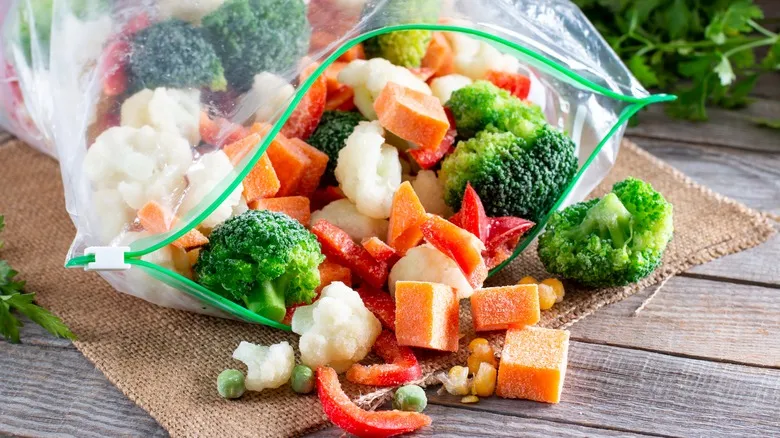
Fruits and vegetables that have experienced freezer burn will look shriveled and be coated in ice crystals. This alteration in appearance is a result of moisture loss from the produce. Unlike meat, fruits and vegetables won’t turn gray or show significant discoloration, so it’s more effective to assess their shape rather than their color.
Freezer burn also impacts the texture of produce. The dryness associated with freezer burn can lead to a tougher, almost woody consistency, which is particularly noticeable in cooked items that have been affected.
Berries, green beans, and peas are especially prone to freezer burn and should ideally be stored in the freezer for six to twelve months. Fortunately, there are simple tips to help prevent vegetables from developing freezer burn. Nonetheless, it’s wise to inspect your produce for any signs of dryness or shriveling when checking your freezer.
Recommended

How Long Pesto Will Still Taste Good After Opening
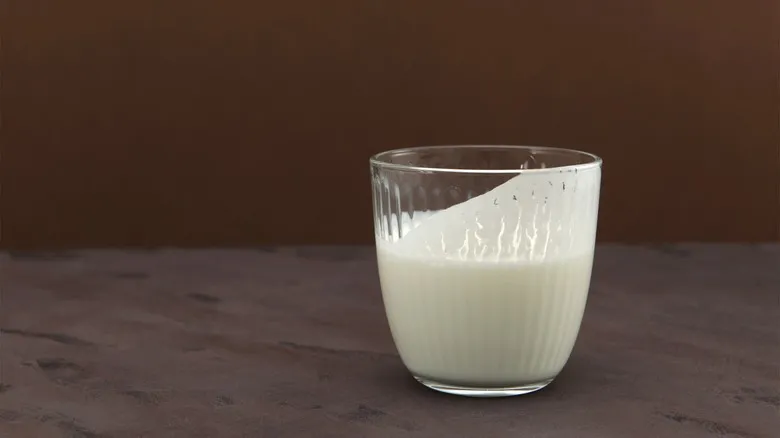
How Long Buttermilk Stays Fresh After Opening

The Best Way To Store Peaches
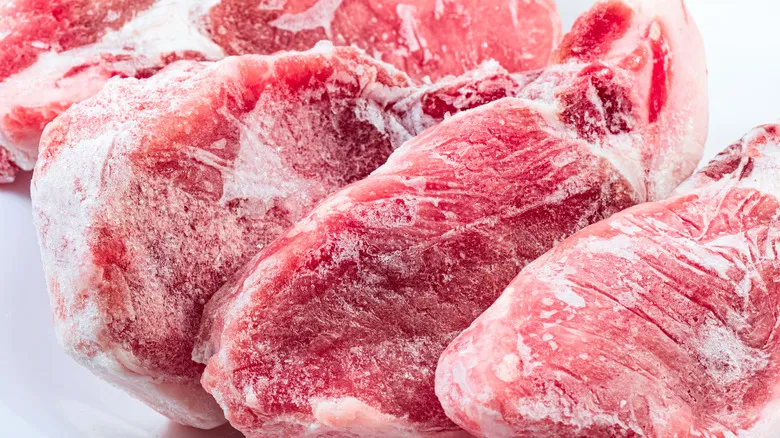
The Case For Freezing Steak Unwrapped
Next up

